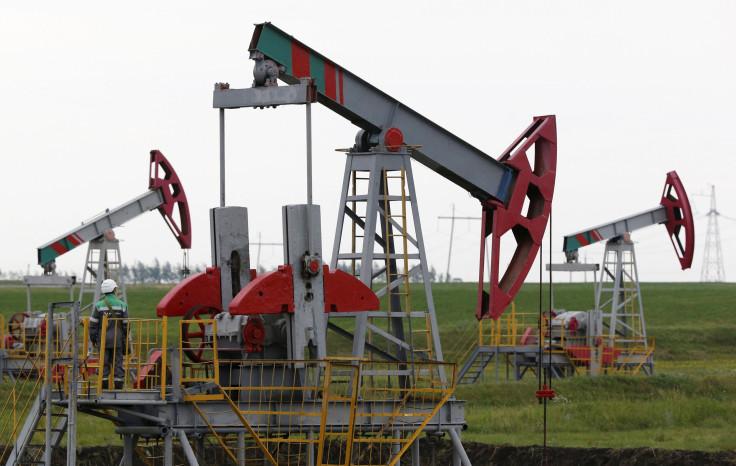Will OPEC Raise Oil Prices? What A Production Cut Could Do To Global Cost Per Barrel

Days after the Organization of Petroleum Exporting Countries (OPEC) reaffirmed plans to cut oil production, an oil price hike appeared less likely to materialize Monday. Several members of the group suggested a softer decrease in output, and industry leaders predicted lower growth for the sector as a whole.
Analysts pointed to OPEC’s previous failures to follow up on its threats, as well as “the realization that some member countries are demanding to be treated as exceptions,” Reuters reported.
U.S. crude oil futures prices fell early Monday to a low of $49.51 after declining sharply over the weekend and edging up again later in the morning. Brent crude followed a similar pattern, hitting a low of $51.45 early Monday before climbing once more. Later in the morning, both measures returned to their months-long upward trend as Russia announced it would join the cartel in its proposed production cap, according to Reuters.
Solidifying doubts of a price hike, OPEC members and leaders at the triennial World Energy Conference in Istanbul hinted at not only the dubious nature of OPEC’s claims, but the vulnerability of the entire industry Monday.
“It is a very gentle hand on the wheel — we are not doing anything dramatic,” Saudi Arabian Energy Minister Khalid al-Falih told a conference, according to Reuters. One of at least a dozen representatives from the 14 OPEC member countries to speak at the event, Falih said OPEC should not cut production as steeply as the group had suggested in its Sept. 28 announcement that it would limit production to between 32.5 million and 33 million barrels per day. OPEC's current output is 33.6 million barrels per day. Sowing more doubt, members Iraq and Iran would not be attending as previously intended, according to Reuters.
Beyond the minister’s comments and the absence of two oil industry juggernauts, a report from the conference itself published Monday expressed doubts in terms of the sector’s continuing growth as well as OPEC’s power to control prices and output.
“Growing exports of Australian and US LNG [liquified natural gas] create competition across regional gas markets, facilitating the emergence of new pricing mechanisms for gas and diffusing the power of OPEC and Russia,” the conference report said. It also said that, while OPEC might exert its cartel power to cut output, industry supply costs from non-OPEC countries should counterbalance the group’s ability to gouge prices.
But overall, the conference forecasted a decline in demand for the commodity in the not-so-distant future, a prediction likely to drive prices down in the long run.
“Growth is tempered by increased competition from alternative transport fuels, which result in a move away from gasoline and diesel in light and heavy-duty transport,” said the report from the conference. The report concluded that production should hit its peak in 2030 at 103 million barrels per day, after which output would “rapidly” decline through 2040 before falling to 80 million barrels per day in 2060.
© Copyright IBTimes 2024. All rights reserved.






















